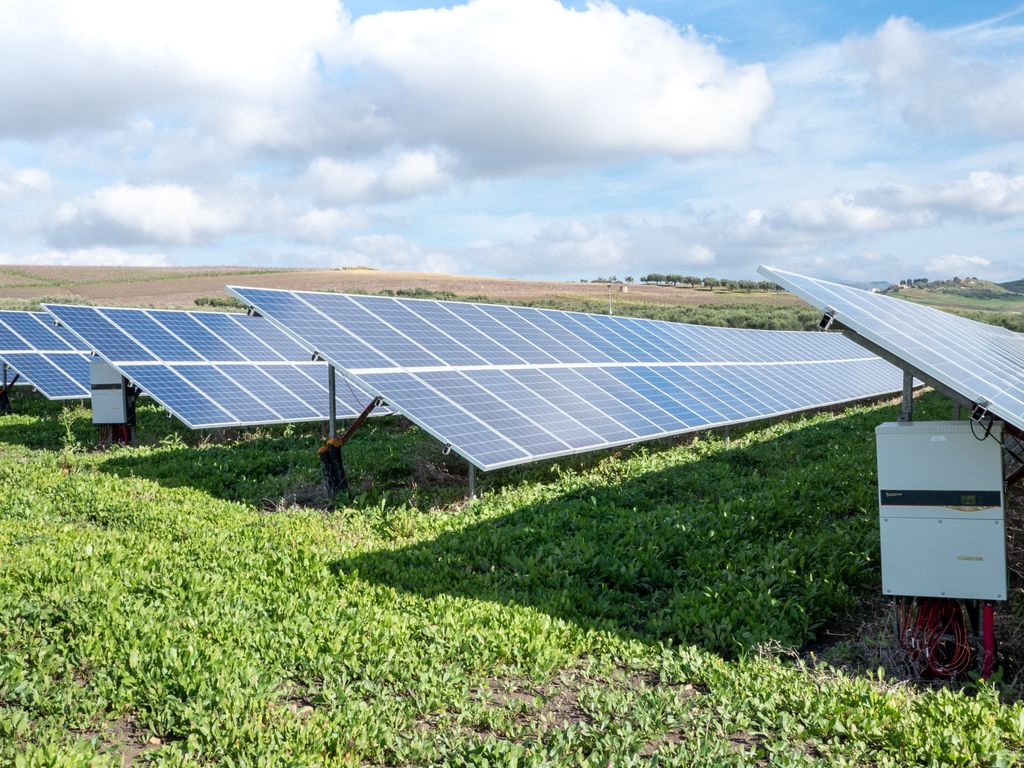‘Greenest Year Ever’: EU Renewables Electricity Generation Surpassed Fossil Fuels In 2020, Says New Report
3 Mins Read
In a new report by think tanks Ember and Agora Energiewende, in 2020, Europe recorded its greenest electricity year ever with renewables overtaking fossil fuels as the European Union’s main source of electricity with the launch of new online projects and a shrink in the use of coal-power.
A new report by British think tank Ember and German outfit Agora Energiewend showed that for the first time, more electricity was generated from renewable sources like wind and solar than from fossil fuels in the European Union (EU).
Data showed that in 2020, renewable sources generated 38% percent of the 27-member state bloc’s electricity, while fossil fuels such as coal and gas contributed to 37% of the electricity.
Rapid growth in wind and solar has forced coal into decline but this is just the beginning. Europe is relying on wind and solar to ensure not only coal is phased out by 2030, but also to phase out gas generation, replace closing nuclear power plants, and to meet rising electricity demand from electric cars, heat pumps and electrolysers
Dave Jones, Senior electricity analyst of Ember
Since 2015, there has been rapid growth in the use of wind and solar energy, and last year, one-fifth of EU electricity came from these sources. Denmark achieved the highest proportion of wind and solar power, contributing 61% of its electricity needs while Ireland achieved 35% and Germany 33%. On the other hand, Slovakia and the Czech Republic were below 5%, contributing the lowest share of renewables.
With respect to fossil fuels, coal powered electricity drastically reduced with only 13% contribution to Europe’s electricity in the last year. Highlighting the collapse, the report stated, “Coal generation fell in almost every country, continuing coal’s collapse that was well in place before Covid-19.”
Apart from accounting for 87% of the world’s carbon emissions, coal, oil, and gas is responsible for 4.5 million deaths each year as a direct impact of the air pollution it causes, amounting to around US$2.9 trillion losses each year.
The economic recovery after the pandemic must not be allowed to slow down climate protection. We therefore need strong climate policies – such as the Green Deal – to ensure steady progress
Dr. Patrick Graichen, Director of Agora Energiewende

Dave Jones, Ember’s senior electricity analyst and the lead author of the report mentioned how significant it is that Europe has reached this landmark moment at the start of a decade of global climate action. “Rapid growth in wind and solar has forced coal into decline but this is just the beginning. Europe is relying on wind and solar to ensure not only coal is phased out by 2030, but also to phase out gas generation, replace closing nuclear power plants, and to meet rising electricity demand from electric cars, heat pumps and electrolysers.”
Data further showed that due to the COVID-19 lockdowns imposed on homes and businesses, there was a 4% drop in overall electricity demand in the EU, however the impact was felt more deeply by fossil fuel producers.
Dr. Patrick Graichen, Director of Agora Energiewende, said, “The economic recovery after the pandemic must not be allowed to slow down climate protection. We therefore need strong climate policies – such as the Green Deal – to ensure steady progress.”
To meet carbon emission reduction goals, many countries in Europe are shutting down polluting coal-plants and low electricity prices during the lockdowns also made some coal plants unprofitable to run compared with cheaper renewable sources.
Jones added how renewables will keep rising, because we keep installing more and more. “The jury’s out as to whether fossil fuels will rebound but if they do rebound it’s not expected to be by a lot.”
Back in December 2020, data published by online science platform Our World in Data in collaboration with Oxford University showed that renewable energy sources are rapidly decreasing in cost with solar energy especially dropping from US$359 per megawatt hour to just US$40 between 2009 and 2019 alone. This makes it by far the cheapest of all clean energy sources.
Lead image courtesy of Sungrow EMEA/Unsplash.




